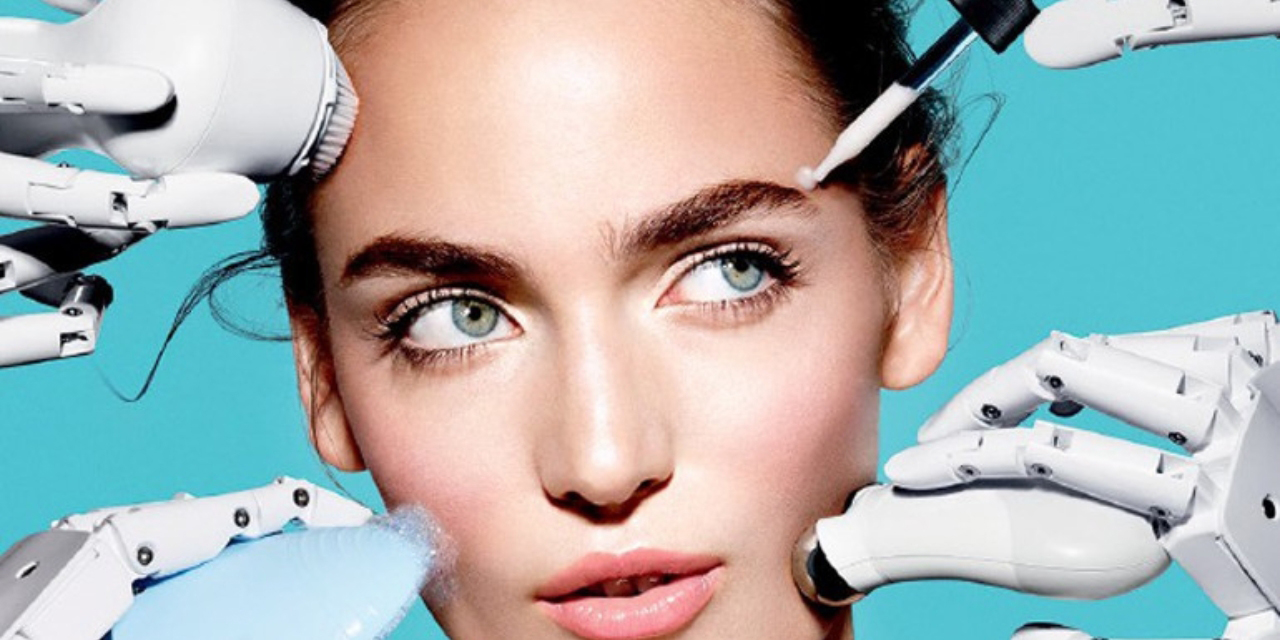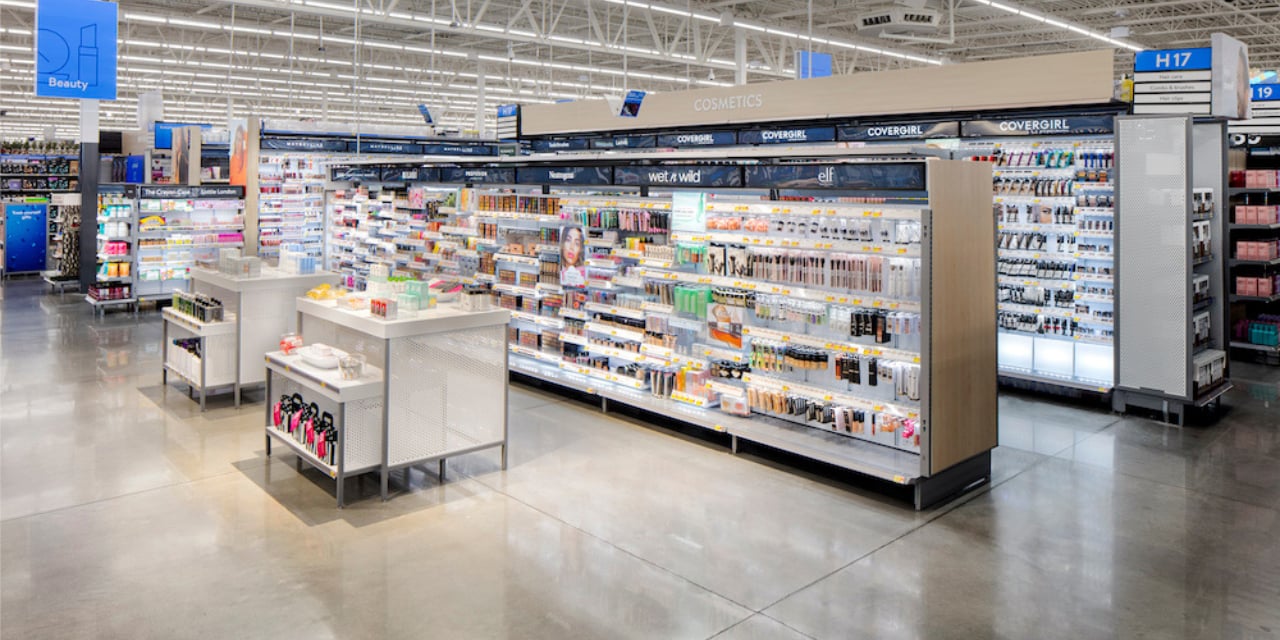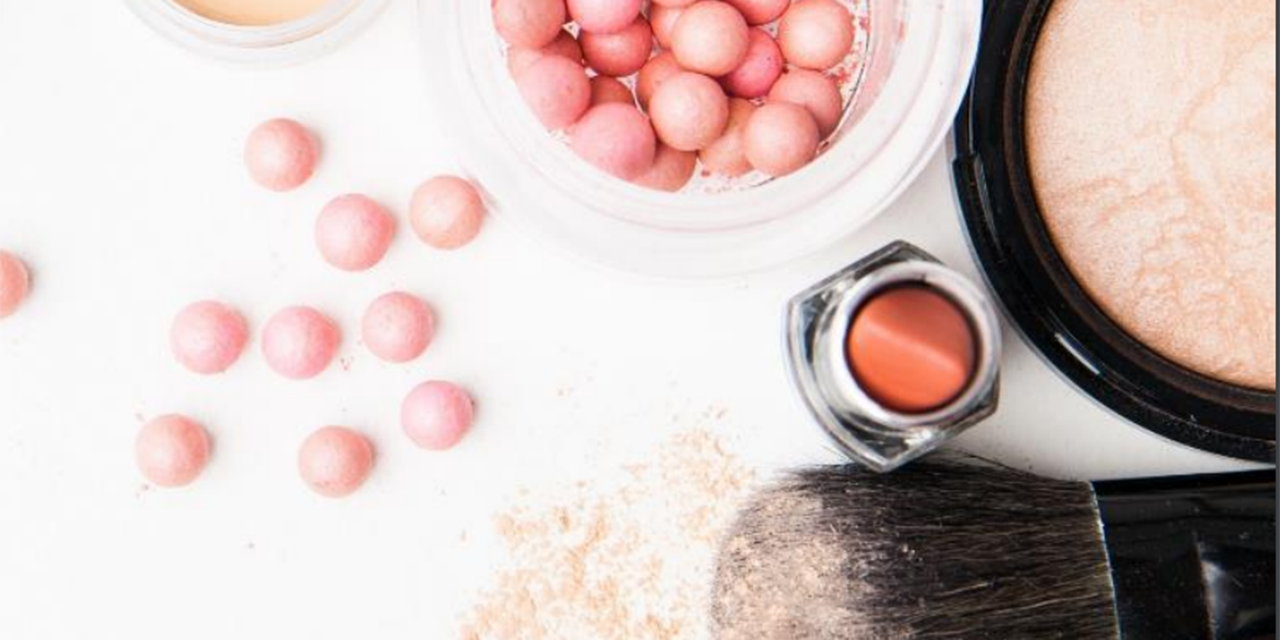
Key Learnings from the Beauty Tech & Innovation Summit
We recently attended the Beauty Tech & Innovation Summit in San Francisco and walked away having gained an appreciation for how emerging technologies are greatly impacting our industry and a sense for the increasing importance of beauty tech across the value chain.
AI (Artificial Intelligence) and AR (Augmented Reality) are here to stay
- 62% of consumers agree that using new technology to engage, learn and shop is exciting.
- 53% of Gen Z consumers are interested in interacting with beauty products virtually.
- 98% of consumers who have used AR when shopping say that they have found it helpful.
- 82% of people on Meta platforms are using AR filters on their sites.
- 20% of people will spend more than an hour of their day on the metaverse by 2026.
- Brands leveraging AR are seeing a huge ROI in terms of increasing conversion to buy, building higher engagement, and leading to a longer time onsite.
Beauty and Personal Care companies leverage AI and AR to help build consumer engagement
- Virtual try-on has been the starting point (and there is ample room for technology to improve further for more accurate experiences when it comes to virtual experimentation), but the opportunity for expanding engagement with consumers appears to be enormous (interactions can be educational, diagnostic, and fun).
- When Colgate partnered with Perfect Corp to launch their Optic White overnight pen, they were able to show virtual examples of how effective the product might be for a specific consumer, and as a result, they saw an average intent to purchase rate of 64%.
- Companies are seeing that “infotainment” is a highly effective form of marketing today – whereby the consumer is both educated and entertained by information made available on social media sites.
- Ulta Beauty is heavily engaged in leveraging the metaverse. They have helped consumers use avatars to participate in the “story of the brand”, and the company had great success during the 2022 Holiday season with an AR advent calendar that featured an assortment of different brands.
Where we are in the shift to online and away from brick and mortar in the Beauty industry
- The shift to online continues, as Beauty e-commerce sales in the U.S. doubled between 2019 and 2022.
- The key catchphrase has shifted from “omni-channel” to “opti-channel”, as retailers are working to improve the productivity and profitability both online and in-store.
- Given that the lifetime value of an omni-channel customer is much higher than a single-channel customer, retailers are using technology to find a way to serve their omni-channel customers most effectively; including virtual try-on, location-specific promotions, and different product assortments in-store vs online.
- Interestingly, Cos Bar shared that they see more of a challenge in converting an in-store customer to purchasing online, and a much easier time of encouraging an online customer to come into a store for a greater customer service experience.
Technology for Beauty companies goes beyond the online activity, impacting products, packaging and ingredients
- Technology is helping to improve transparency with regard to formulations, manufacturing processes and ingredients.
- An abundance of new devices are aiming to improve the delivery of active ingredients into the skin, whether it be hand-held devices (such as NuFace) or clothing that comes pre-lubricated with product (such as Nufabrx).
- When Credo Beauty started their business a decade ago, the goal of the company was less about ingredients and more about packaging, as anywhere from 30-80% of carbon emissions stem from packaging production, but challenges still exist, as a surprisingly small number of consumers actually recycle in their home or office environment.
Personalization of products and services can become the holy grail output of technology
- Youthforia has a unique product offering, led by its universally flattering blush which reacts with the skin’s pH and results in unique colors for each consumer, delivering the utmost personalization.
- Tele-dermatology is here to stay, according to Curology; they believe it offers more (and often younger) consumers wider access to medical care.
- While a number of brands offer a wide range of products to its customers, the need for FDA-approved formulas makes true personalization very difficult to offer.
- Following the broader industry trend of knocking down taboos, Ina Labs and NextGen Jane are focused on offering more diagnostic services to women using menstrual blood (which they believe can help diagnose endometriosis and fibroids).




